AlGrant
Posts: 912
Joined: 8/18/2015
Status: offline

|
Just been typing up an AAR for NI #4 (which I'll post tomorrow) and there are a few gameplay tactics I find myself repeating, mostly for surf/subsurface. So, good or bad, I thought I'd put a couple of them down here.
Maybe they'll be of use to others, maybe others will tell me why these are not good tactics to use or offer alternative/better options.
So, in no particular order .....
1. I like to use Ref Points as markers on contacts that are likely to drop (outer limits of CZ/Sonobouys etc). I often rename the RP with the time of the contact, it can be a big help in keeping track of intermittent contacts and is easier that the "that contact was about there at about that time!" method I was using!
Even if not renamed, placing an RP on something like a Sonobouy can help build up the tactical picture.

This was from my first *failed* attempt at Barents Sea Boomer, when the only sub contact I picked up was one of the R.N boats being sunk and the USS Whale got nuc'd in the last 15 seconds of scenario game time. However I think this image shows how named RP's can help (well they do for me!)
2. I have found that if my submarine has obviously been detected and I'm being engaged by more than one surf contact, going up to PD (even at quite close range) can be a worthwhile tactic. Yes it's risky, especially as there may be ASW aircraft overhead that could spot the periscope, but if you know for sure you've been detected (incoming torpedoes and warships being a good indicator of this!) it helps to get a quick/accurate fix on the surf contacts which speeds up getting a shot off at the target. It also means you are at a shallow enough depth that all your weapons can be launched (Subroc etc)
3. The Range and Bearing tool is really useful, but for a quick range from a particular unit or contact, simply click on a then look at the 'Map Cursor Databox' (I usually play with this along the bottom of the screen) and it gives the range from 'Sel' (the selected unit) to the cursor. I was surprised how long it took me to notice this one!
4. In the Northern Inferno campaign missions there are some additional files included, OPGEN, Threat Orbat etc. They are in the Scenarios>Northern Inferno>Files campaign number subdirectories.
It's good to have a read through these prior to starting the mission as they do contain additional info on the emitters and weapons you are likely to face. Be aware though that there are discrepancies in some of these messages!
5. Probably the biggest thing that has helped recently is that I've started keeping an AAR log (Word format) along with some screenshots. Including notes on my intended course of action as well as what's currently happening is a huge help with having something resembling a plan of action (it changes often!). It is especially useful when playing long scenarios. When resuming from a saved game a quick read back over the log and I know what is happening, why it's happening and what I was going to do about it.
6. When hunting my subs often operate inside the thermal layer, regularly above/below it to try gain contacts. I find that I seem to get detected less inside the layer than either above or below. I've read pages 132, 133 of the manual and not sure it should work this way, so I could easily be mistaken.
Very interested in hearing tactics others are using.
< Message edited by AlGrant -- 11/22/2015 10:01:38 PM >
|
 Printable Version
Printable Version






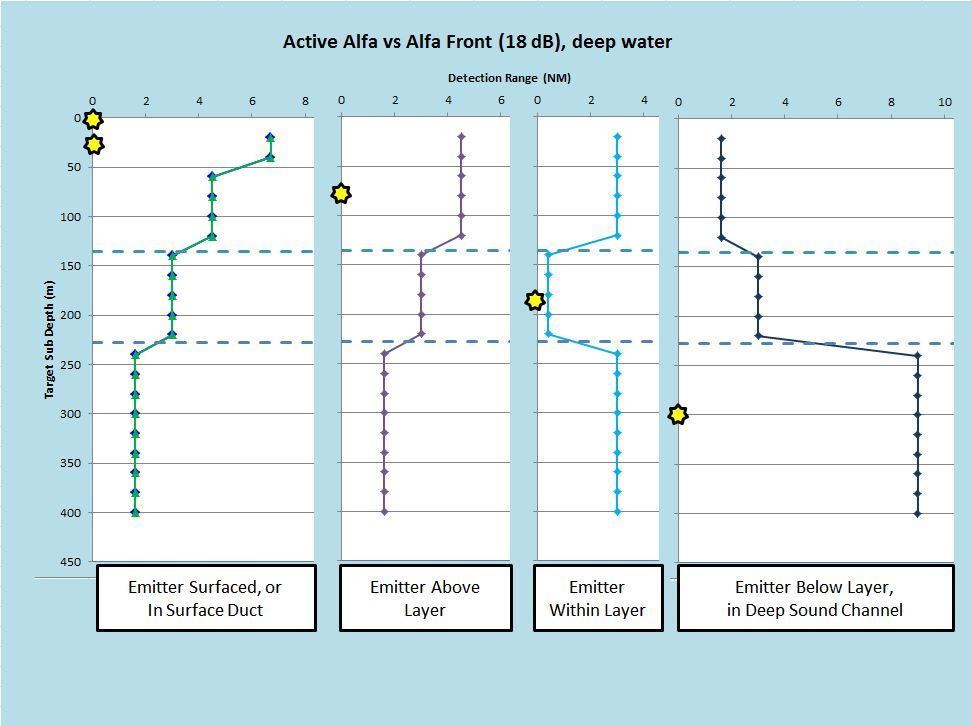
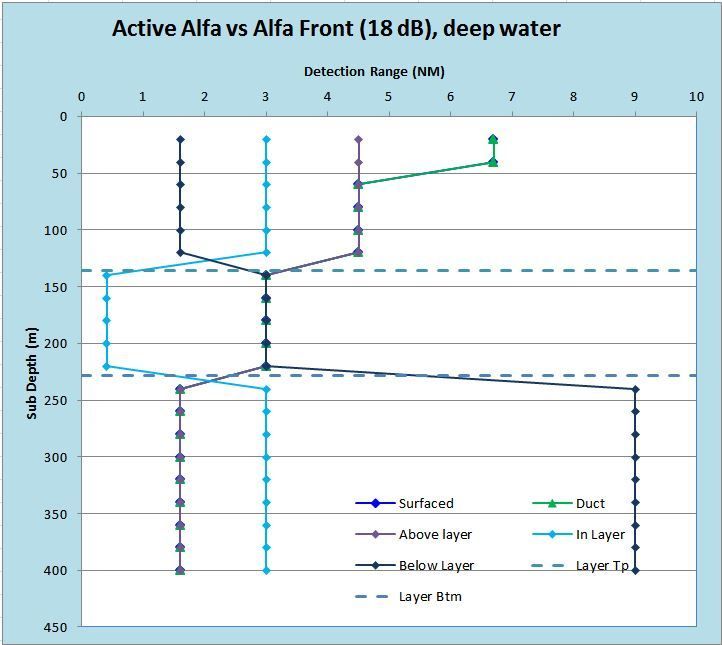
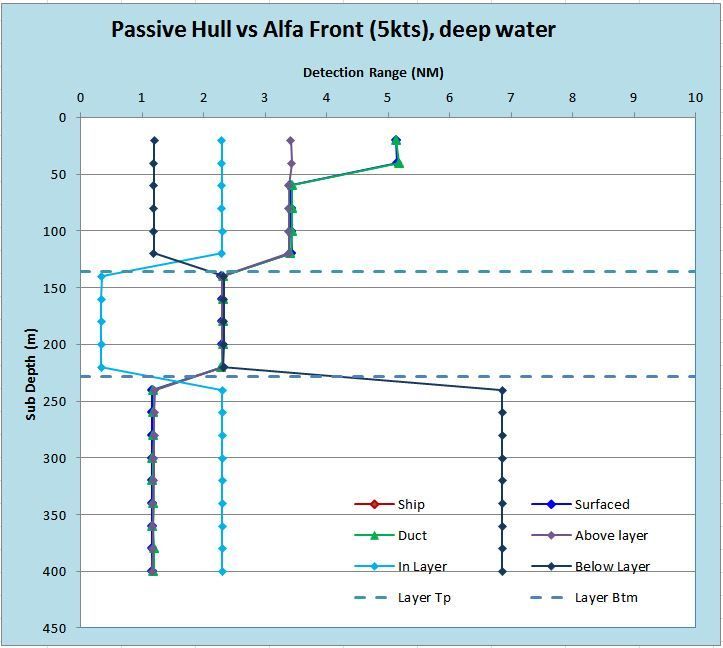

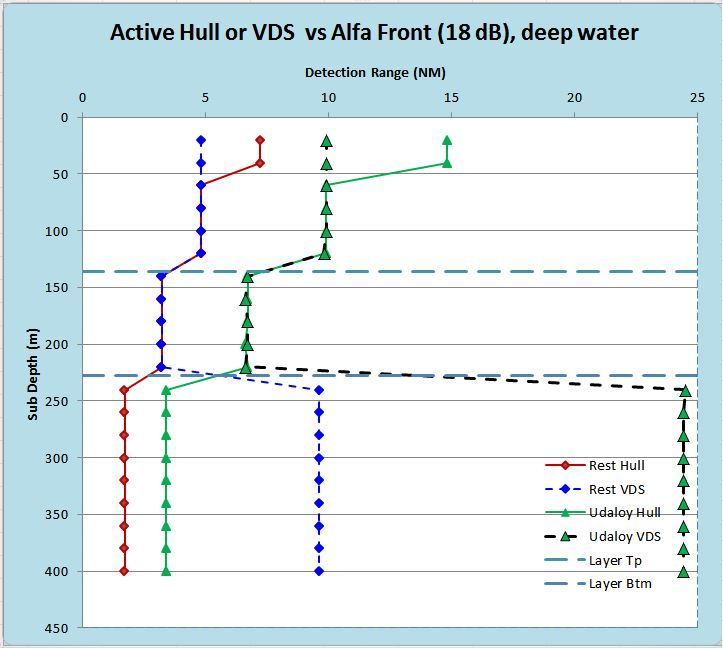
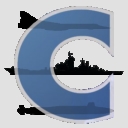
 New Messages
New Messages No New Messages
No New Messages Hot Topic w/ New Messages
Hot Topic w/ New Messages Hot Topic w/o New Messages
Hot Topic w/o New Messages Locked w/ New Messages
Locked w/ New Messages Locked w/o New Messages
Locked w/o New Messages Post New Thread
Post New Thread